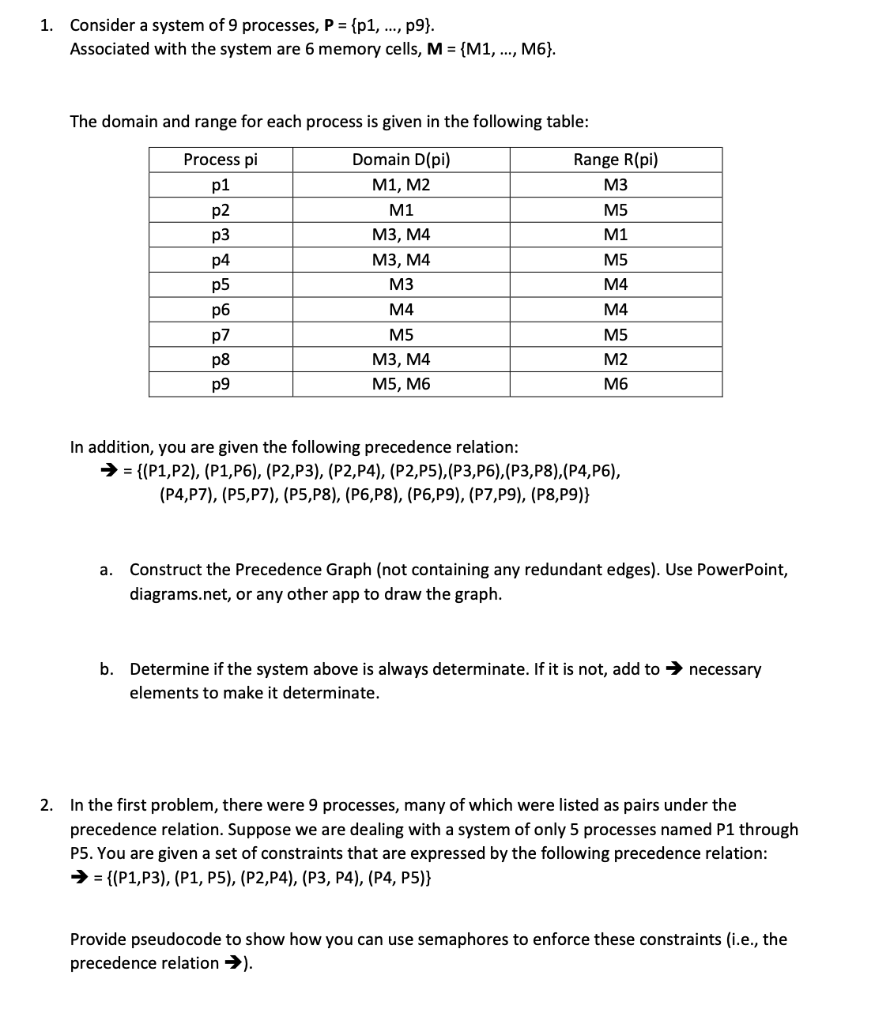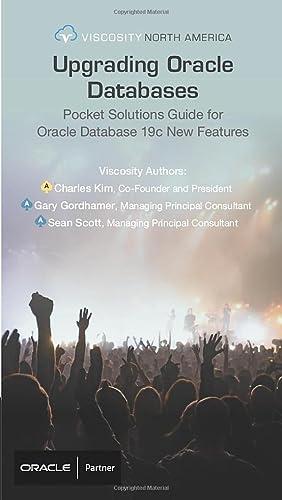Answered step by step
Verified Expert Solution
Question
1 Approved Answer
Please help me with question 2. I really need help question 2. I will thumbs up if you can give me answer for the question
Please help me with question 2. I really need help question 2. I will thumbs up if you can give me answer for the question 2.
PLEASE ANSWER IT ON YOUR OWN WORD. PLEASE DO NOT COPY FROM OTHER CHEGG PERSON. PLEASE ANSWER IT ON YOUR OWN ANSWER.

Step by Step Solution
There are 3 Steps involved in it
Step: 1

Get Instant Access to Expert-Tailored Solutions
See step-by-step solutions with expert insights and AI powered tools for academic success
Step: 2

Step: 3

Ace Your Homework with AI
Get the answers you need in no time with our AI-driven, step-by-step assistance
Get Started


